
Blogger: Thimo Schwenzfeier, Head of Marketing Communication for Messe Frankfurt Exhibition GmbH’s textiles and textile technology events*.
* like the Heimtextil trade fair, or the relatively young projects like the ethical fashion show and the Greenshowroom during the Fashion Week in Berlin.
Online communication and social media have become an integral part of major events and trade fairs. But how do trade fair organizers conduct their own online marketing and their own social media engagement? What do visitors and especially exhibitors do? Where is further development heading?
Mandatory: Strategies for online marketing and social media engagement
About four years ago, we began strategically expanding our social media activities for Heimtextil. The first hurdle consisted of breaking down the internal scepticism toward Facebook activities for a B2B event, while at the same time developing internal know-how using external support. Since then, our community has grown – largely organically – to almost 40,000 people.
We are witnessing increasing dialogue with visitors and exhibitors pertaining to service issues or even specific exhibitor inquiries with regard to participation in events. Leading up to the trade fairs, the primary queries pertain to tickets, appointments, hotels, packages, tourist information or possible hindrances due to strikes. At events like the ethical fashion show with its social-savvy clients, the digital exchange is much more lively.
We are therefore on a good path toward achieving the objectives of our long-term social media strategy. Social media implementation contributes sustainably to branding, serves as a service infrastructure, makes it easier for us to make contacts, provides us a way to engage in more intensive dialogue with our target groups, leads to actual sales requests and provides us with whole new ways to mobilize and work together with exhibitors and visitors.
Select the right platforms to reach your audiences
We run a very content-driven strategy. This is not least due to the fact that our trade fairs in the textile environment primarily provide subject matter with very good image and video material and of course also address a wide audience beyond just the professional world. This allows us to more easily gain attractive content that is easy to share. The core element of our engagement for Heimtextil is our blog. It includes articles from leading specialist media (via media partnerships), contributions from our own editorial team, and to a limited extent also curated content from exhibitors.

Our guiding principle in developing the blog was to establish an individual media channel relevant to the market, which provides for a broad range of content – even contributed by third parties – which extends beyond the scope of the official trade fair website and a visual design that speaks specifically to our target groups. The blog also contributes considerably to the SEO of the topics we deal with, serves as a social media hub and thus as an interface to the social web. Not only the number of visitors and the feedback we have received from visitors prove that we have taken the right approach.
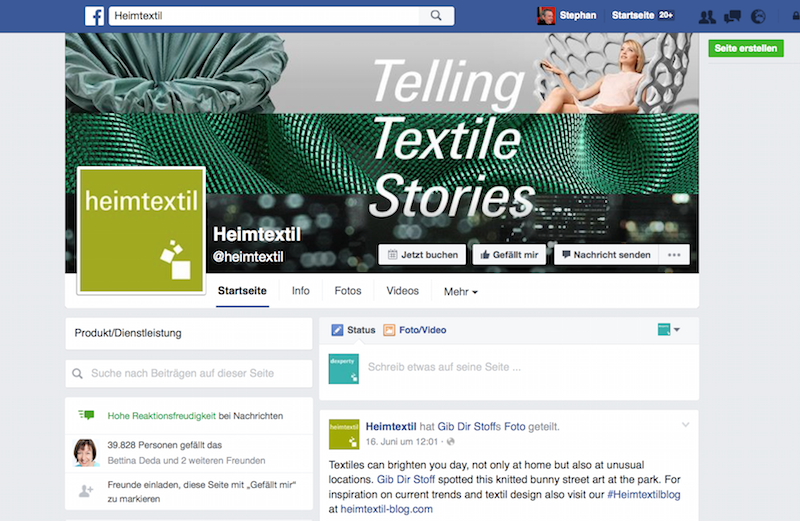
We primarily rely on Facebook, Twitter, Instagram, Xing und LinkedIn to market our content and for dialogue with the community. We also use our Pinterest and Google+ channels, albeit to a more limited extent. For video, we not only use Youtube, but also Messe Frankfurt´s media library and, with increasing success, Facebook Video.
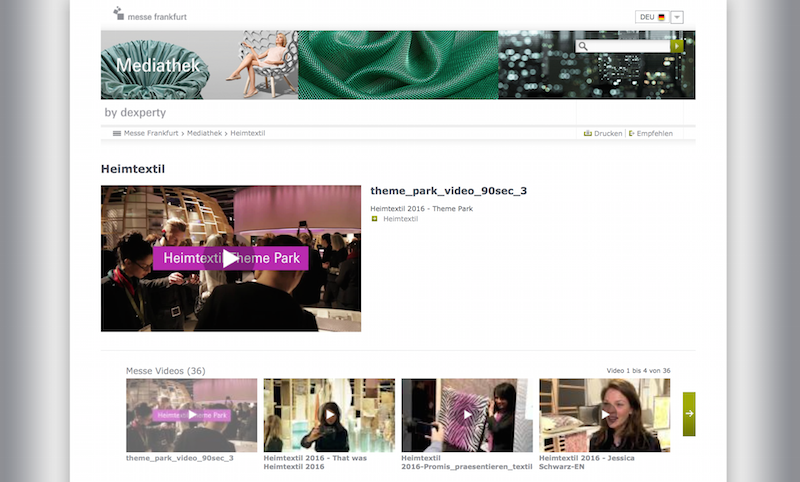
We selectively invest smaller budgets in Facebook advertising and are currently also testing Instagram for visitor advertising. We can largely do without AdWords due to the good search ranking of our blog. Otherwise, we closely synchronize our social activities with our classic online offerings on the website, in our newsletter, or with our trade fair apps. In addition to this, we are currently intensifying our engagement in the business networks XING and LinkedIn with regard to both content and dialogue. We are also gradually starting to personalize our social activities. Selected colleagues will be increasingly active in the networks and in dialogue as experts for specific topics.
Solid integration of social media in the organisation
We don’t have social media managers, but our PR team oversees all channels with external support. Continuous monitoring, dialogue, and of course content management are an integral part of the colleagues’ daily tasks. This makes it easier for us to manage our activities in a fully integrated and well orchestrated way across all channels and communication disciplines.
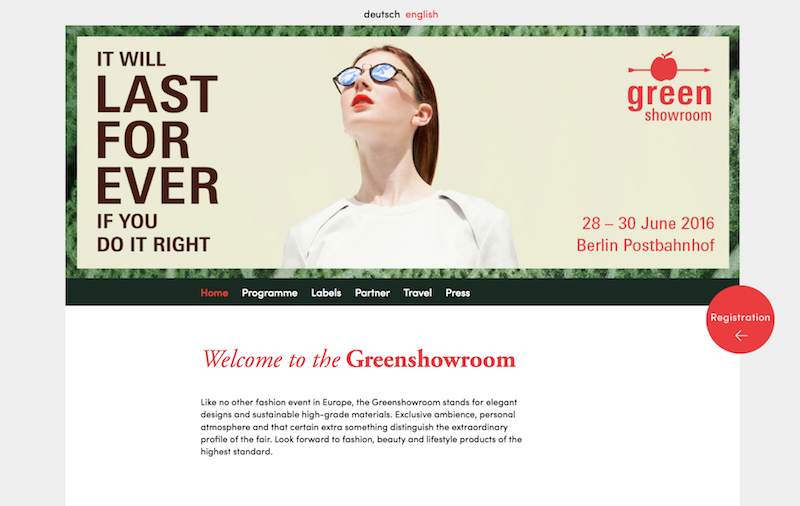
We also control the overarching content strategies centrally for our various events at the national and international level. After all, 50 of our events take place abroad, besides Frankfurt and Berlin for example in Buenos Aires, New York, Moskau or Shanghai. Of course the teams of the individual trade fairs or even our international colleagues have a high degree of freedom with regard to the specific design of their channels. But we define the strategic guidelines from Frankfurt.
When it comes to content management, monitoring and determining the success of our activities, we use tools made by Hootsuite, 247grad-connect, Webtrekk and Brandwatch.
Extraordinary social media experiences and cooperation with exhibitors
Of course everyone hopes for the viral hit, but ultimately, the secret to success is sustainable continuity. However, we have had some nice one-offs. After posting a weather picture in connection with a flood in 2013 we all sat amazed in front of the monitor: 13,000 retweets! Sometimes viral miracles also arise in cooperation with exhibitors. For example, a Facebook post about a trade fair project of the fashion brand Desigual generated 250,000 likes. This particular post was about cases for Motorola phones. Of course, we also had campaigns that weren’t so successful or even trumped by our random photo of a family of ducks who waddled through the Techtextil/Texprocess construction site.
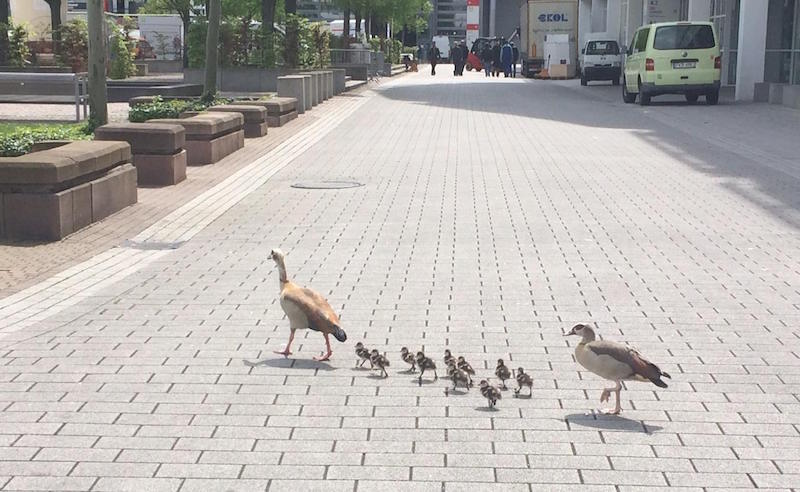
Cooperation with the exhibitors has intensified significantly in recent years, even though only about a third of them are active in the social web. Some companies including Desigual, Jeanologia and Möwe are even very successful on the social web. Meanwhile, our exhibitors together with the visitors and our own activities are providing good buzz around our events. And content produced by exhibitors plays a central role in particular. After all, one-third of the exhibitors actively provide us with text, images or videos for the channels we curate. However, we can only use about 10 percent of the material, selected by relevance and quality, in our limited editorial space. In addition to this, we are making an effort to bring together the entire value chain of the industry from manufacturers to retailers and consumers with initiatives like TextileRäume, for example.
Otherwise, we are working with exhibitors towards increasingly digital networking of the industry not only via likes, shares, etc. on the social web, but also via Messe Frankfurt’s platforms, which are heavily used by exhibitors. These range from the digital directory of exhibitors to the sophisticated product search and the B2B provider portal productpilot.com. Many people not only search for opening times during the trade fairs, but for products or business contacts throughout the year.
Next steps within the Digital Transformation
We will further expand our blog as an independent platform along with the associated media partnerships, because this is seen in the market as an independent and relevant source of information.
We are currently testing the use of messenger groups to provide selected partners with information in advance. However, we are faced with the unresolved issue of data protection here. We are keeping an eye on Snapchat, the shooting star among the networks, but not yet planning further activity.
Depending on the importance for specific markets and our events on location, we will also be increasing our engagement in regional social networks like the Russian VK.com or the very big networks in China.
We will be placing special emphasis on business communities like LinkedIn and Xing. Due to the increasing scope of these platforms, we see an opportunity to make even closer contact with our core target group with content, communities and dialogue.
Last but not least, the digitalization of all processes and the communication surrounding the trade fairs will continue. The integral networking that this involves will confront everyone involved with new challenges and new opportunities. In this way, we will actively support our exhibitors and visitors with our expertise and modern digital offerings.
For further information on the Digital Business Transformation watch our Connected Blog.

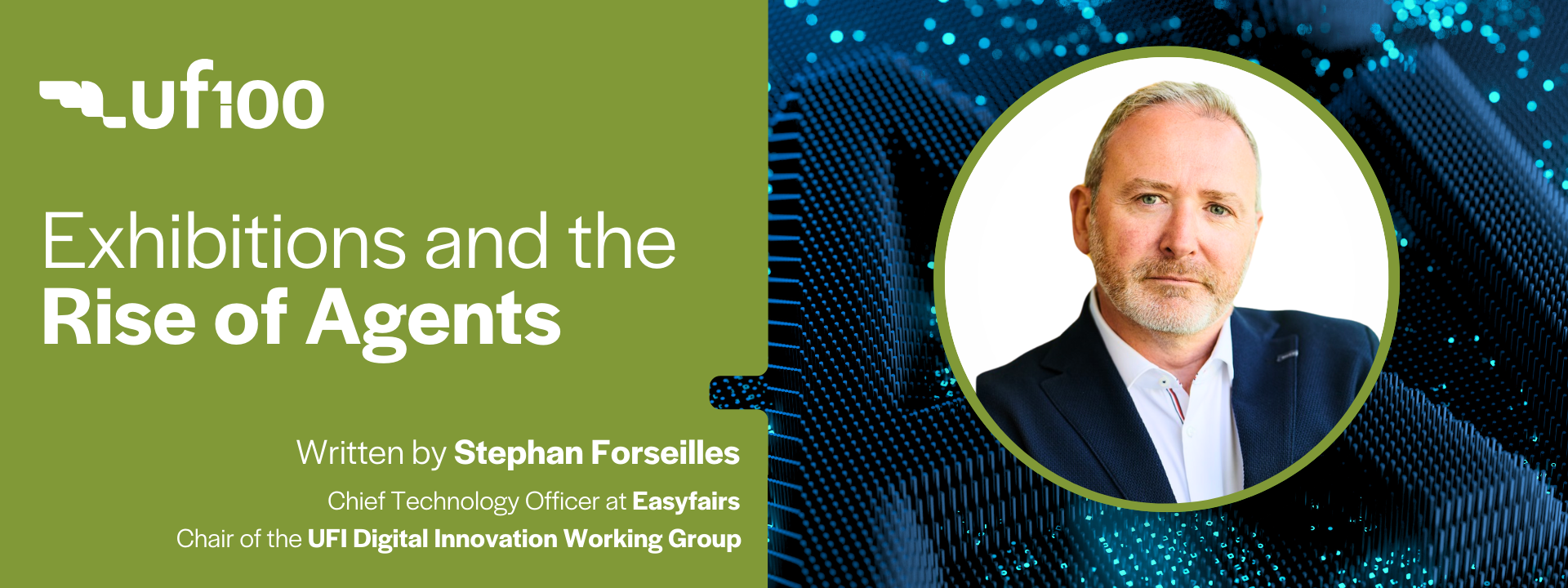
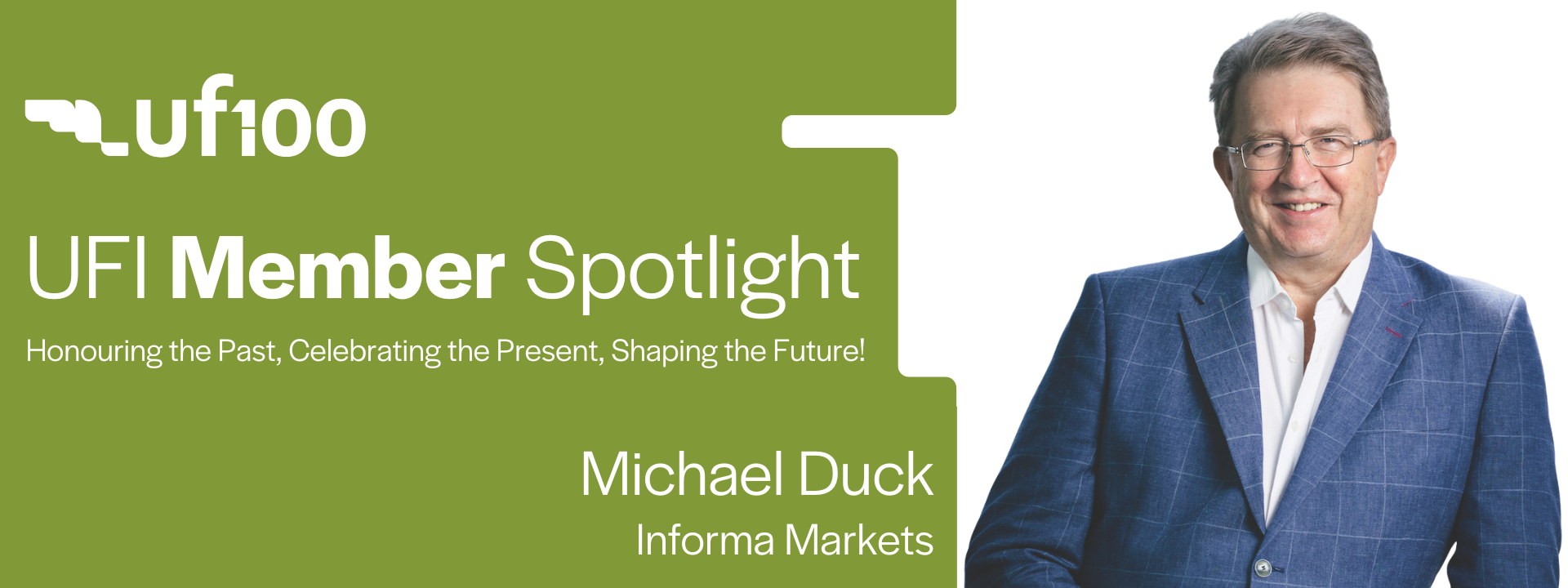



Really great post. This answered the majority of my questions. When I read this I actually opened up a word document and started taking notes haha.